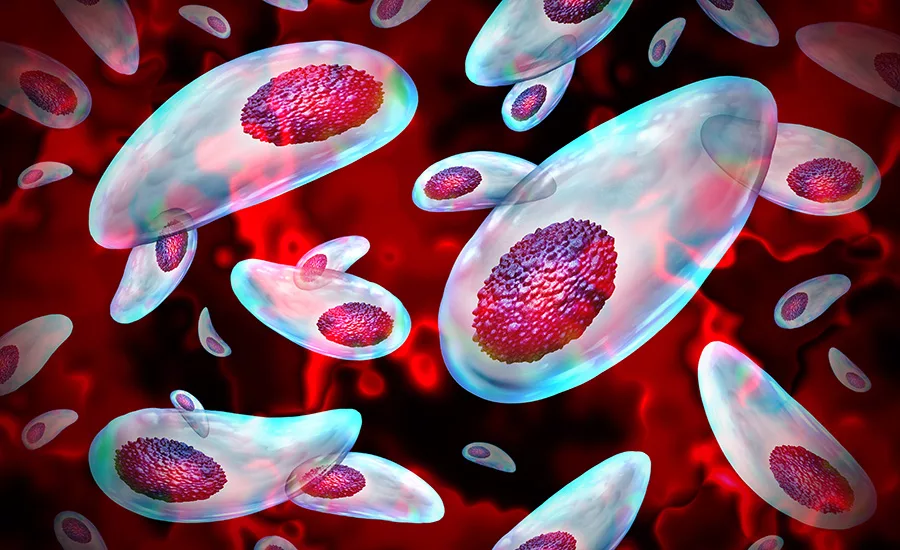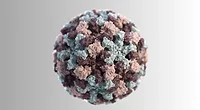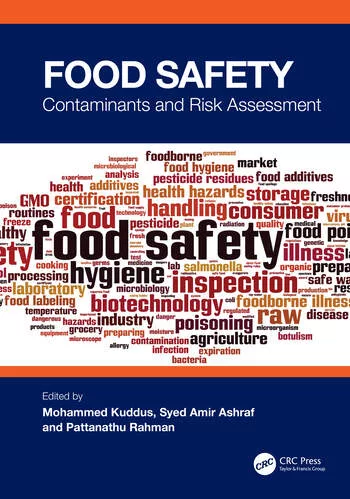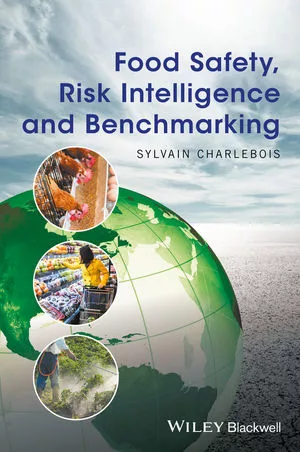FAO Releases Summary of Expert Meeting on Parasites Risk Assessment for Foods

Wildpixel/iStock/Getty Images Plus via Getty Images
The Food and Agriculture Organization of the United Nations (FAO) recently released an executive summary of the conclusions from its expert meeting in late May 2025 on the microbiological risk assessment of protozoan parasites in foods.
The meeting brought together leading scientists to review global data on foodborne protozoan parasites including Cryptosporidium, Cyclospora cayetanensis, Entamoeba histolytica, Giardia, Toxoplasma gondii, and Trypanosoma cruzi. The expert committee focused on new knowledge and global changes in the data on significant protozoan parasites, with emphasis on work published in the last decade.
The executive summary includes hazard identification and characterization, exposure assessment, and treatment and control strategies for the above-named parasites. It also details global risk characterizations for protozoan parasite-food commodity combinations:
- For Africa, medium risk was identified for Cryptosporidium, Cyclospora, Giardia, Entamoeba, and Toxoplasma in fresh fruits and vegetables
- Asia-Pacific has a high risk of Cyclospora in fresh fruits and vegetables and medium risks of Giardia, Entamoeba, Cryptosporidium, and Toxoplasma in fresh fruits and vegetables and Toxoplasma in game meat
- Europe has a high risk of Toxoplasma in beef and game meat and medium risks of Toxoplasma in pork, fresh fruits, and vegetables and Cryptosporidium in fresh fruits and vegetables
- North America has a high risk of Toxoplasma in game meat and a medium risk of Cyclospora in fresh fruits and vegetables
- Latin America has a high risk of Toxoplasma in beef, pork, and game meat and a medium risk of Cryptosporidium, Cyclospora, Entamoeba, Giardia, and Toxoplasma in fresh fruits and vegetables.
The expert committee also identified several knowledge gaps and needs assessments for foodborne transmission of protozoan parasites, including:
- Increased awareness of foodborne protozoan parasite infections, through coordinated education initiatives for veterinary and medical professionals, national authorities, and members of the food industry
- A commitment by national authorities and regulatory bodies to consistent and transparent reporting of cases and outbreaks caused by protozoan parasites
- Investment in building laboratory capacity by providing regular, standardized training for food testing and public health laboratory staff on the detection and diagnosis of foodborne parasites
- Development of specific action plans for reduction of protozoal infections in livestock
- Development and validation of sensitive, standardized, low-cost, and practical methods for parasite testing in foods and other environmental samples
- Development of molecular methods for effective source tracking (genotyping) in foods and the means to correlate data with detection in humans
- Development of laboratory assays to determine the infectivity status of protozoa detected in foods
- Improved sanitation, hygiene, and education to enhance and protect consumer health and well-being and to reduce the adverse impact of foodborne protozoan parasites, including safe water use.
A full technical report will be published by the FAO in the near future. The full executive summary can be found here.
Looking for quick answers on food safety topics?
Try Ask FSM, our new smart AI search tool.
Ask FSM →









